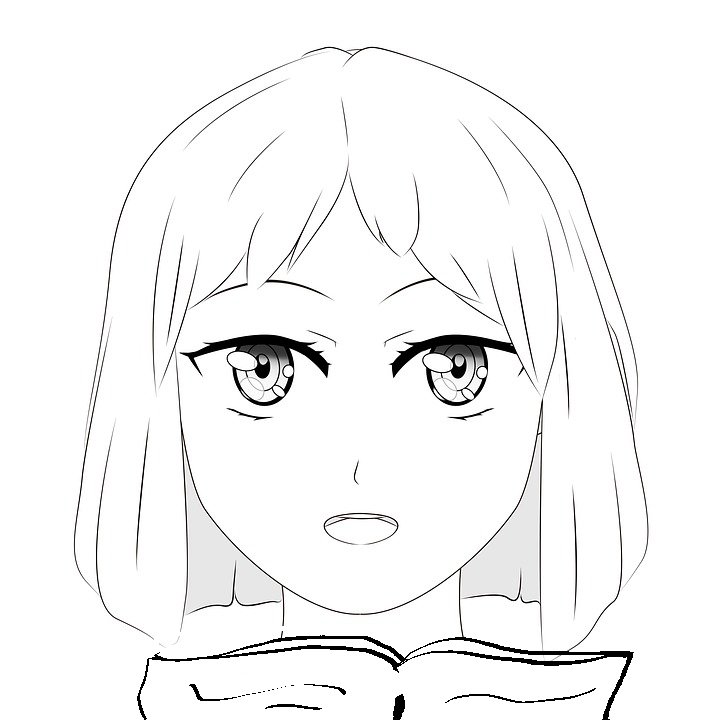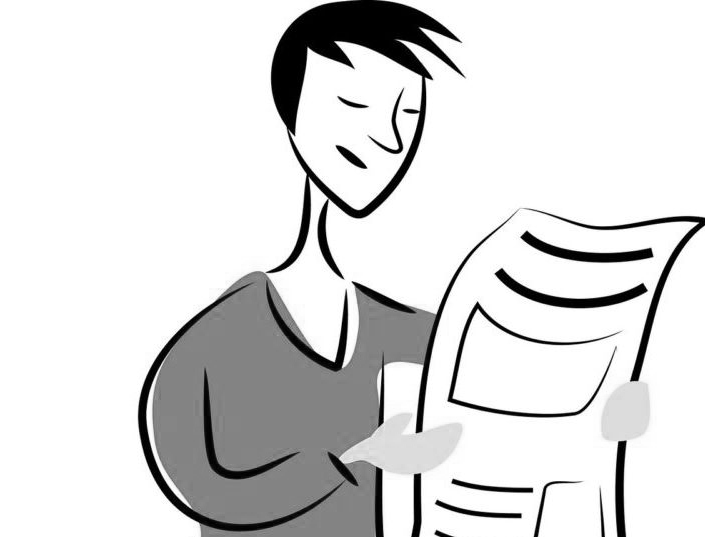There has been an increase of reported incidences of young adults abusing their bodies when they feel depressed. These kids say that if they dont hurt themselves, they might lose it. Why do these kids do it? Why do they choose to go into this self-destructive path?
Self-mutilation
A lot of doctors are calling self-mutilation the next anorexia. This habit is getting quite addictive and is gaining a wide following from large groups of teenagers. Its also called cutting. It is a means of expressing hidden anger, agitation, and pain during bouts of depression or when suffering from other mental health concerns. This is more common with people who find it hard to express their emotions verbally. They vent out hidden emotions and take their pain and anger out on themselves by cutting. Some people call it pain displacement, where people transfer emotional pain to physical pain, where itll last significantly shorter than it would if it were dwelling inside their heads, by means of cutting or slashing away on their skin. Kids usually do it in hidden areas of the body like the upper thighs or the upper arms.
Kids who cut themselves deny being suicidal or even having such thoughts. When asked why they cut themselves, they say that they simply hate going to doctors to receive professional help. These kids just go on hurting themselves until something unimaginable happens.
Not only does cutting put our youths lives in grave danger, it also warps their sense of reality. This happens when the wild conscience overrules the more humane side of the conscience. The wild conscience is violent and raw, making it uncontrollable. This part of the psyche makes people torture their own body. Mental health professionals have said that if you continue to let your wild psyche lead you, your self-mutilating habit may lead to suicide.
People who hurt themselves need help. Theyre not sick, neither are they insane. It is possible that growing up, they werent able to learn or acquire positive ways of dealing and coping with different feelings and emotions of a negative nature.
Complications
Certainly, any form of self-destructive behaviour will end up causing complications to a persons physical and mental health.
Cutting contributes to and/or worsens feelings or shame, guilt, and low self-esteem.
Cutting may lead to life threatening injuries such as massive blood loss from accidental deep cuts, or when one accidently cuts major blood vessels or arteries.
Cutting may lead to accidental or deliberate suicide. Like what was mentioned earlier, once a person lets the wild conscience take over, the intended thoughts of self-torture may turn into thoughts of suicide.
Cutting causes permanent scars. You may not mind the scars while youre in the moment of cutting, but years down the road, this may add to the shame and embarrassment as you are shown physical evidences of your former self-mutilating self.
Intervention
It is never too late to start learning positive coping mechanism. Engaging in a counselling session with a trusted and trained professional will help introduce and slowly inculcate less harmful ways of dealing with negative emotions and stress. During therapy, deep-rooted concerns that couldve caused the self-destructive behaviour are addressed. Medications are unlikely to be the answer to stop a childs cutting habits. However, the doctor might prescribe anti-depressants or other psychiatric medications to improve the depression. For severe cases, psychiatric hospitalization may be required. Chronic cutters need to be put in a safe environment and receive more intensive treatment until the crisis is over.
Kids who have this problem need understanding and support from the people around them. Judging them for their current actions wont help them improve or quit the habit. This will only make kids feel more hurt and depressed.





